(NADS) - Photography is not only a tool to capture moments but also an art to convey strong emotions and messages, contributing to preserving history, culture and changing social awareness.
Photography, since its inception, has become an important tool not only for preserving images but also for expressing emotions, opinions, and art. The 21st century has witnessed the remarkable development of photography in both technique and influence. It is no longer just a means of recording images but has become a powerful form of conveying meaning, creating great impacts in society. So what is the true nature of photography? Why does photography have such great power in conveying messages and touching people's hearts?

Essence: More than a photo
At its most basic, photography is the process of capturing images through light. But with the creativity and sensitivity of the photographer, a photograph can become a symbol of an era. An image is not simply light reflected from an object, but also the selection and arrangement of the photographer. A photograph can express things that words cannot: a tear from a child in a war zone, the smile of an old man in a remote countryside, or the subtle changes in light at dawn. These moments bring emotions and personal perspectives, helping viewers feel more deeply about life, culture and the world around them.

Photography is also subjective. Factors such as angle, lighting, composition, and even the presence or absence of certain details can all make a photo convey a particular message. This shows that photography is not just about “recording the truth” but also about how the artist interprets and transforms the world according to their perception.
The role of photography in society
Recording history and culture: Photography acts as a historical diary. From black and white photos recording world wars, the struggle for independence of many countries, to everyday moments of each person, all become vivid documents, helping us better understand the past. Photos taken from different historical periods create a treasure trove of valuable documents, truly reflecting the social, cultural and lifestyle changes through each period. In this way, photography becomes a bridge between generations, preserving and spreading national culture.

Conveying messages and changing perceptions: Photography can have a powerful impact on people's perceptions and emotions. Photographs that reflect the reality of environmental pollution, poverty, and social injustice have made many people think and awaken. Photographic works by war correspondents or environmental photographers have changed the way millions of people see things. Photography not only records events but also calls for action, promotes empathy and change. A photograph has the power to change public awareness of a social, environmental or humanitarian issue, thereby encouraging positive action.
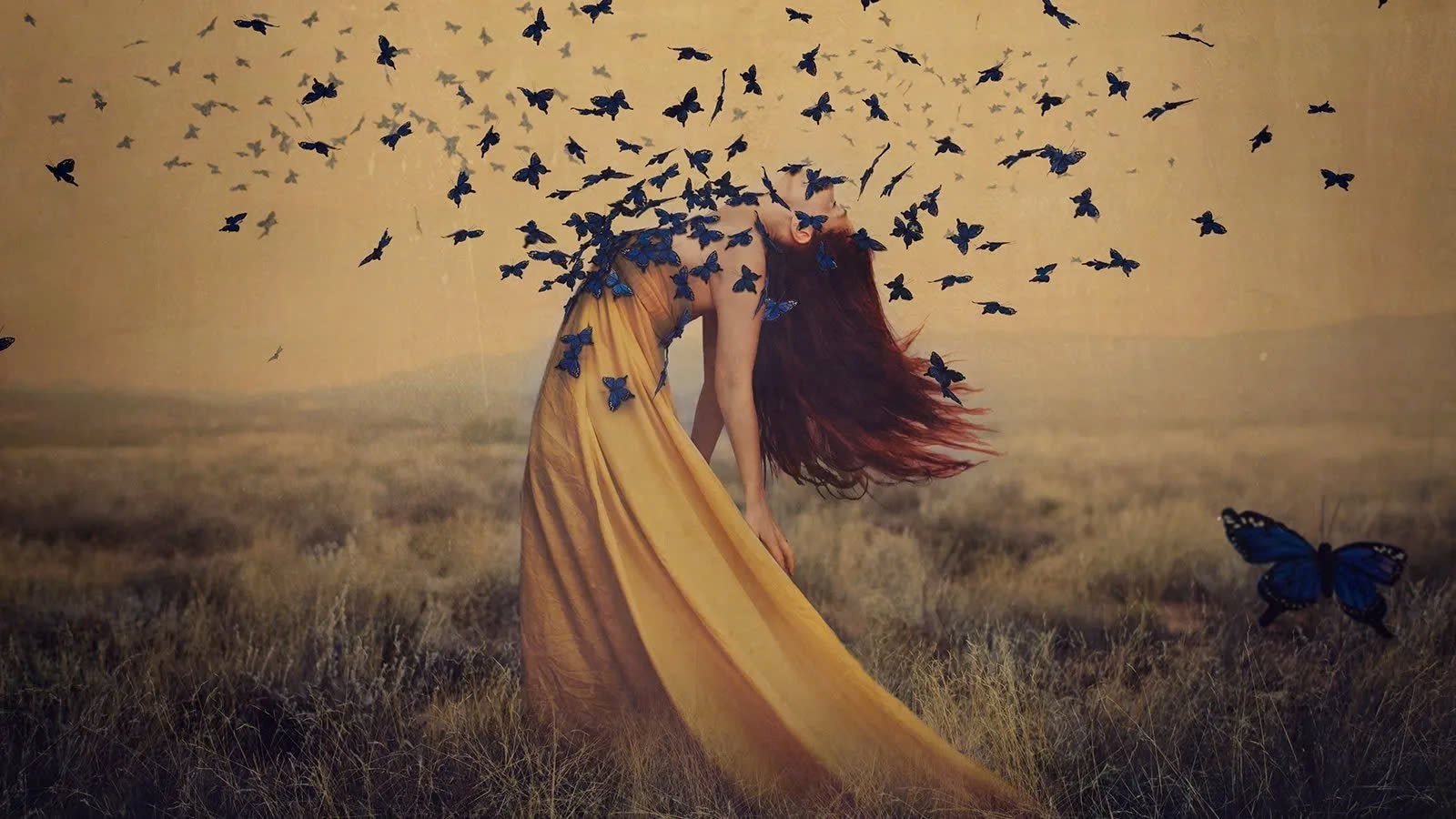
Photography and art: In addition to its communication and social functions, photography also has great artistic value. With unlimited creativity, photographers turn a photo into a unique work of art. Elements such as light, color, composition, and emotion are refined to create a magical world, helping viewers experience many levels of emotion. Many photographic works have surpassed the limits of a normal photo to become artistic masterpieces, creating a unique school and inspiring other artists.
Challenges and future of photography
In the digital age, photography also faces many challenges. The development of mobile devices and social networks has made photography more popular and easier than ever. However, this also means that there are countless "instant" photos that lack depth and meaning. Preserving the artistic value and meticulousness in each photo has become a difficult problem for photographers.

In addition, photography also faces issues of copyright and authenticity. When images are easily copied, edited, and distributed, protecting the rights of photographers and preserving the true value of photographic works is a big challenge.
However, photography still has a promising future with constant innovation. Technologies such as artificial intelligence, machine learning, and virtual reality are opening up new directions for the art of photography. Photographers can exploit these technologies to create works that are unique, engaging, and have more depth.
Photography is a combination of science and art, truth and emotion, information transmission and aesthetic value creation. In modern society, photography is not only a means of recording images but also a powerful tool to influence human perception and emotion. With advances in technology and ideas, photography will certainly continue to develop and play an important role in enriching human culture and history.
Source: https://nhiepanhdoisong.vn/ban-chat-va-vai-tro-cua-nhiep-anh-trong-xa-hoi-hien-dai-15506.html




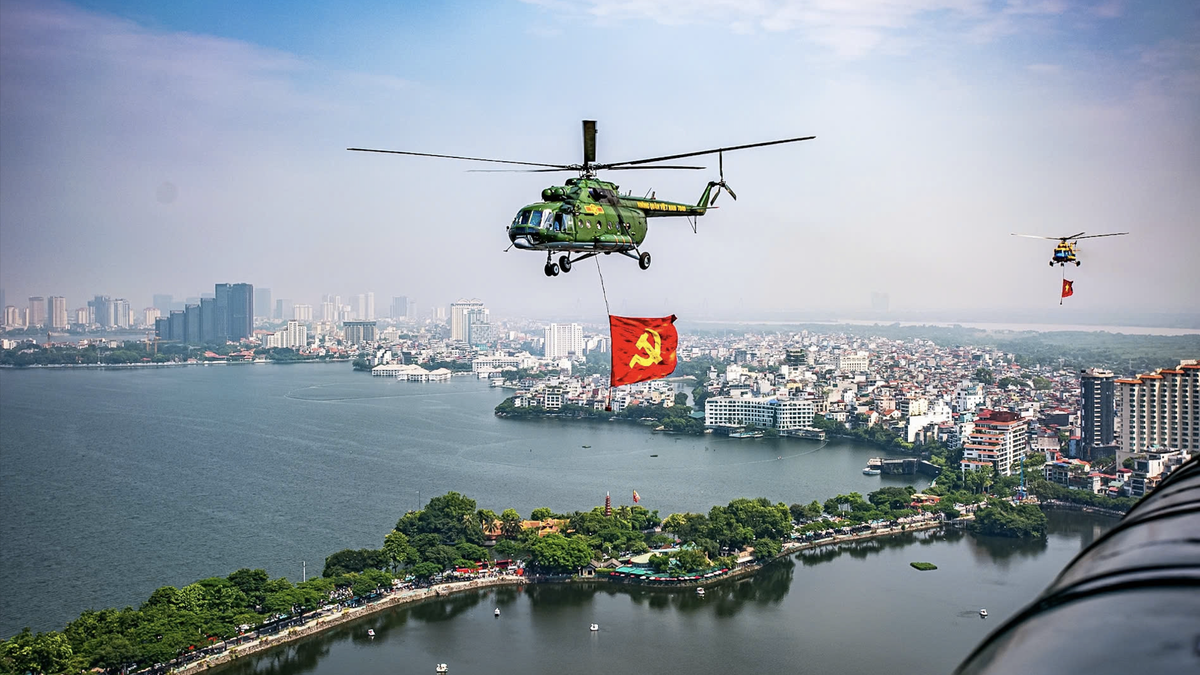


![[Photo] Phu Quoc: Propagating IUU prevention and control to the people](https://vphoto.vietnam.vn/thumb/1200x675/vietnam/resource/IMAGE/2025/8/24/f32e51cca8bf4ebc9899accf59353d90)
![[Photo] Party and State leaders meet with representatives of all walks of life](https://vphoto.vietnam.vn/thumb/1200x675/vietnam/resource/IMAGE/2025/8/24/66adc175d6ec402d90093f0a6764225b)






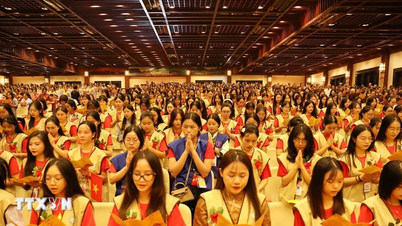












































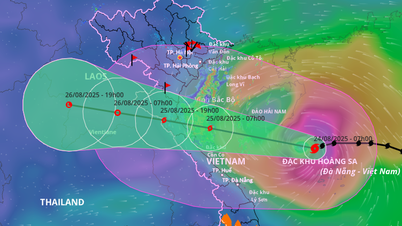








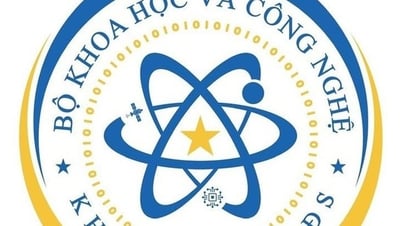




























Comment (0)